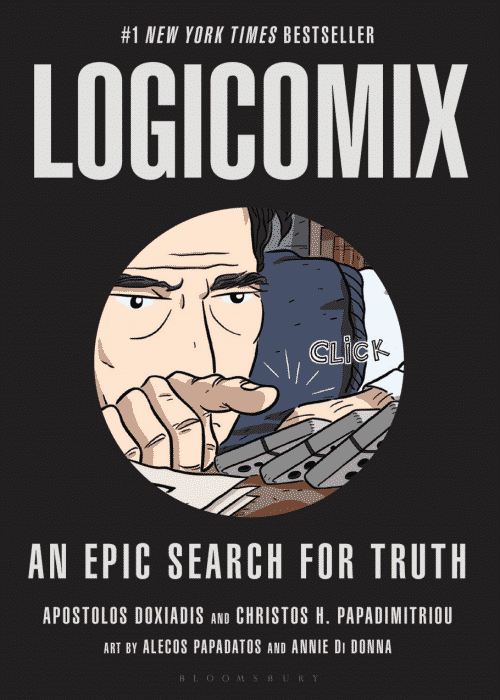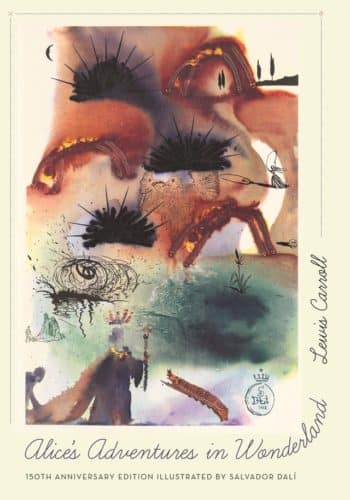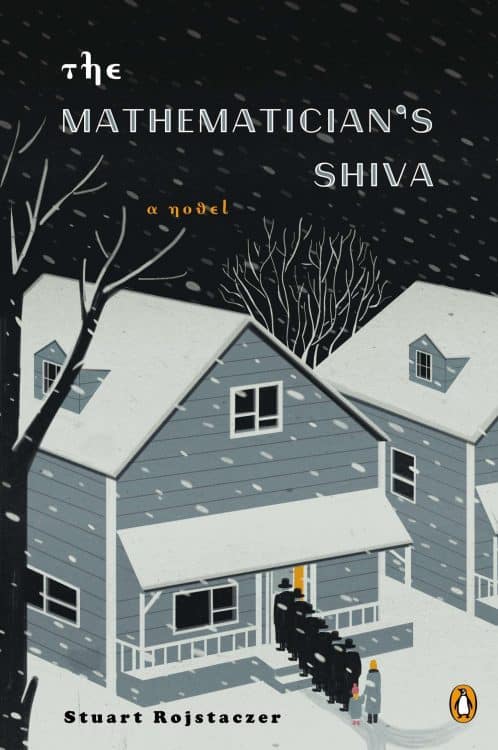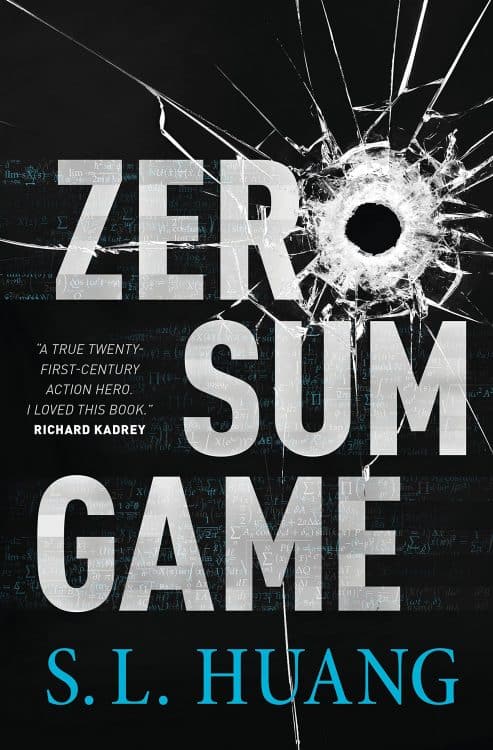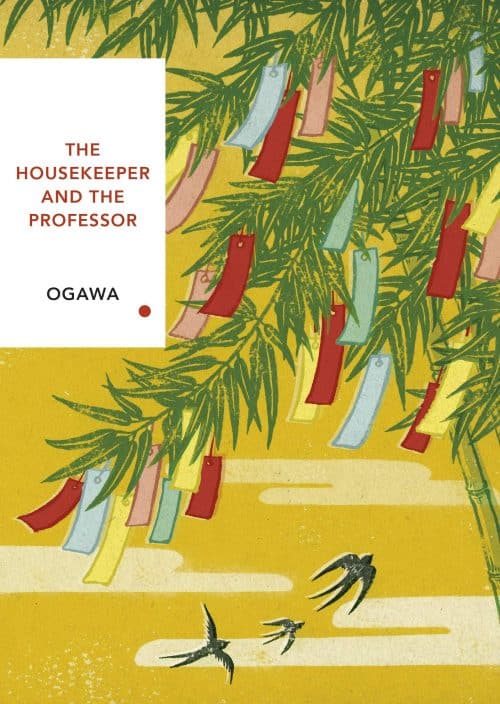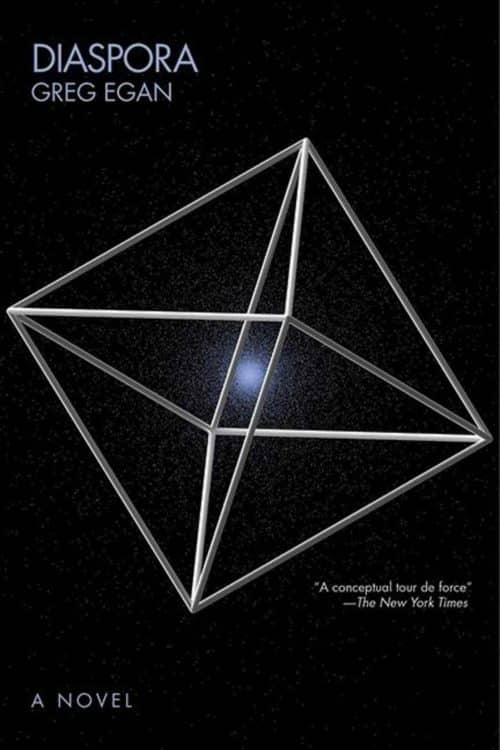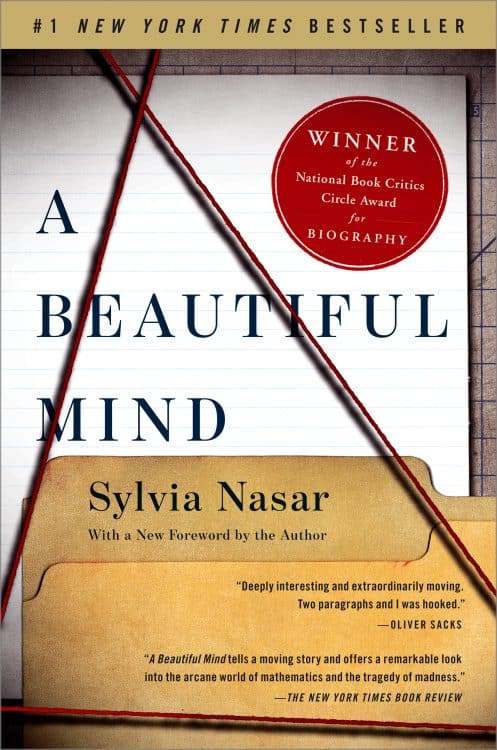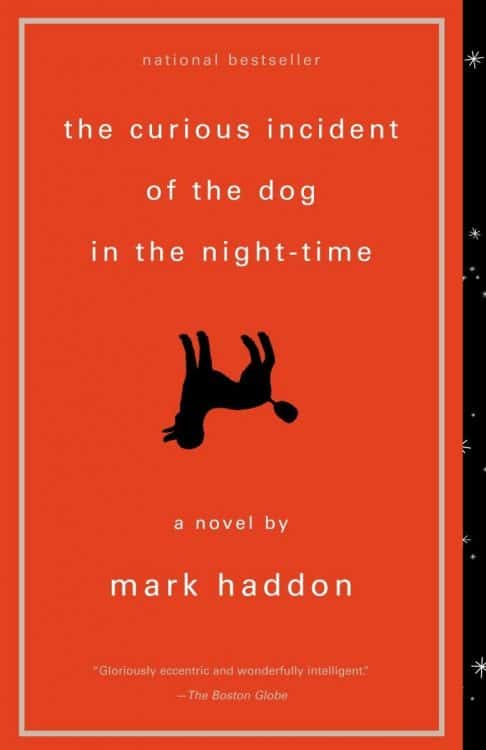In the novel “A Certain Ambiguity,” authors Gaurav Suri and Hartosh Singh Bal weave a compelling narrative that merges the elegance of mathematical thought with the weighty questions of philosophy and faith. The book follows two timelines – one in the late 1980s with Ravi Kapoor, a student at Stanford University, and another detailing the trials of Ravi’s grandfather, Vijay Sahni, in 1919 New Jersey. The heart of this tale resides in the extraordinary bridge between these two characters and their shared quest for certainty.
The novel is as much a homage to the beauty of mathematics as it is an exploration of the human condition. The juxtaposition of Ravi’s educational pursuits at Stanford with his grandfather’s legal struggles in a past era makes for an enriching duality. Through arresting storytelling and insightful dialogue, Suri and Bal challenge the reader to ponder the immutable laws of mathematics in the context of personal belief systems and the understanding of our world.
Through Ravi and Vijay’s paralleled stories, the authors invite us to question whether absolute certainty is an attainable or even desirable goal. While Vijay defends his views before a sceptical judge, his intellectual and emotional battle echoes into his grandson’s life decades later. It’s this generational echo that adds a robust dimension to the narrative, presenting the idea that the struggles of the mind and the heart transcend temporal bounds.
“A Certain Ambiguity” also serves as an accessible entry point into discussions on Euclidean geometry and infinity, adding substance and intrigue. Importantly, the mathematics is interlaced with the plot in a way that it becomes not just necessary but enjoyable to the unfolding drama.
The novel succeeds in being thought-provoking without being impenetrable, academic without losing the personal touch, and moving without sacrificing the intellectual rigor that supports its foundation. This dance between the empirical certitude of mathematics and the elastic nature of human belief creates a story that resonates on a deeply universal level.
Conclusively, “A Certain Ambiguity” is more than just a book about numbers or religious contention; it’s a deep meditation on life’s uncertainties and the myriad ways we try to make sense of our world. It is a recommended read for anyone intrigued by the philosophical underpinnings of mathematics or for those who enjoy stories that make them question the extent of what they know—or believe they know.
Whether you are grounded in the discipline of mathematics or carry an innate curiosity about life’s profound questions, “A Certain Ambiguity” is a book that promises to engage your mind and may just expand your perspective on knowledge itself.


